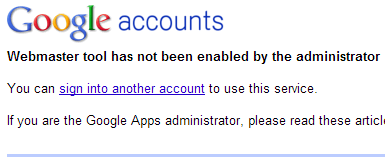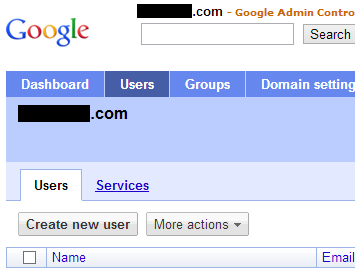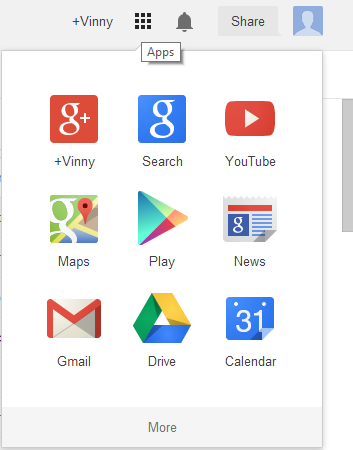Here is a short but incredibly useful piece of Javascript: it retrieves the value of a named URL parameter. For example, if the current page’s address is index.html?example=true&name=vinny this function would return vinny if passed the name name , and it would return true if passed the name example .
function getParameterByName(name) {
var match = RegExp('[?&]' + name + '=([^&]*)').exec(window.location.search);
return match && decodeURIComponent(match[1].replace(/\+/g, ' '));
}
A note of warning: calling this method repeatedly is inefficient, since the regular expression needs to be repeated every time.














